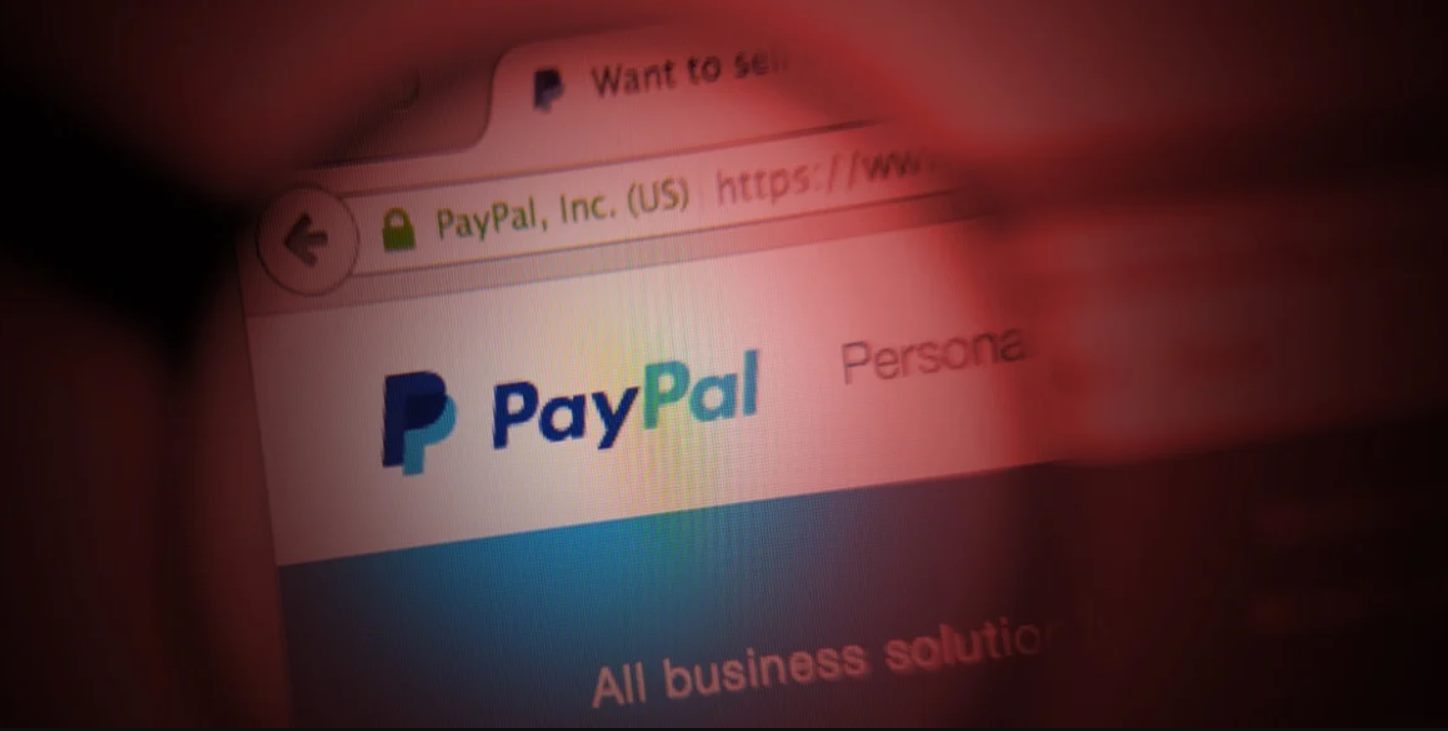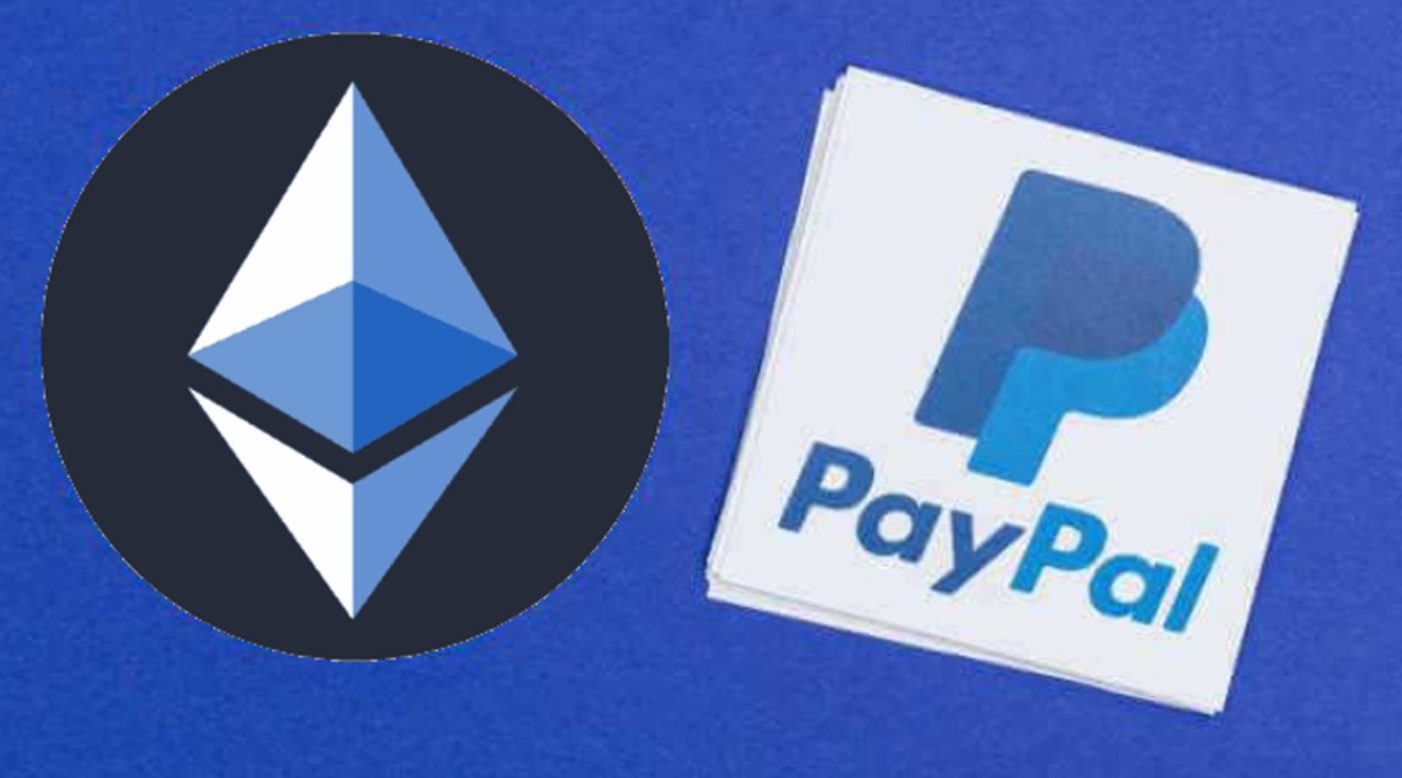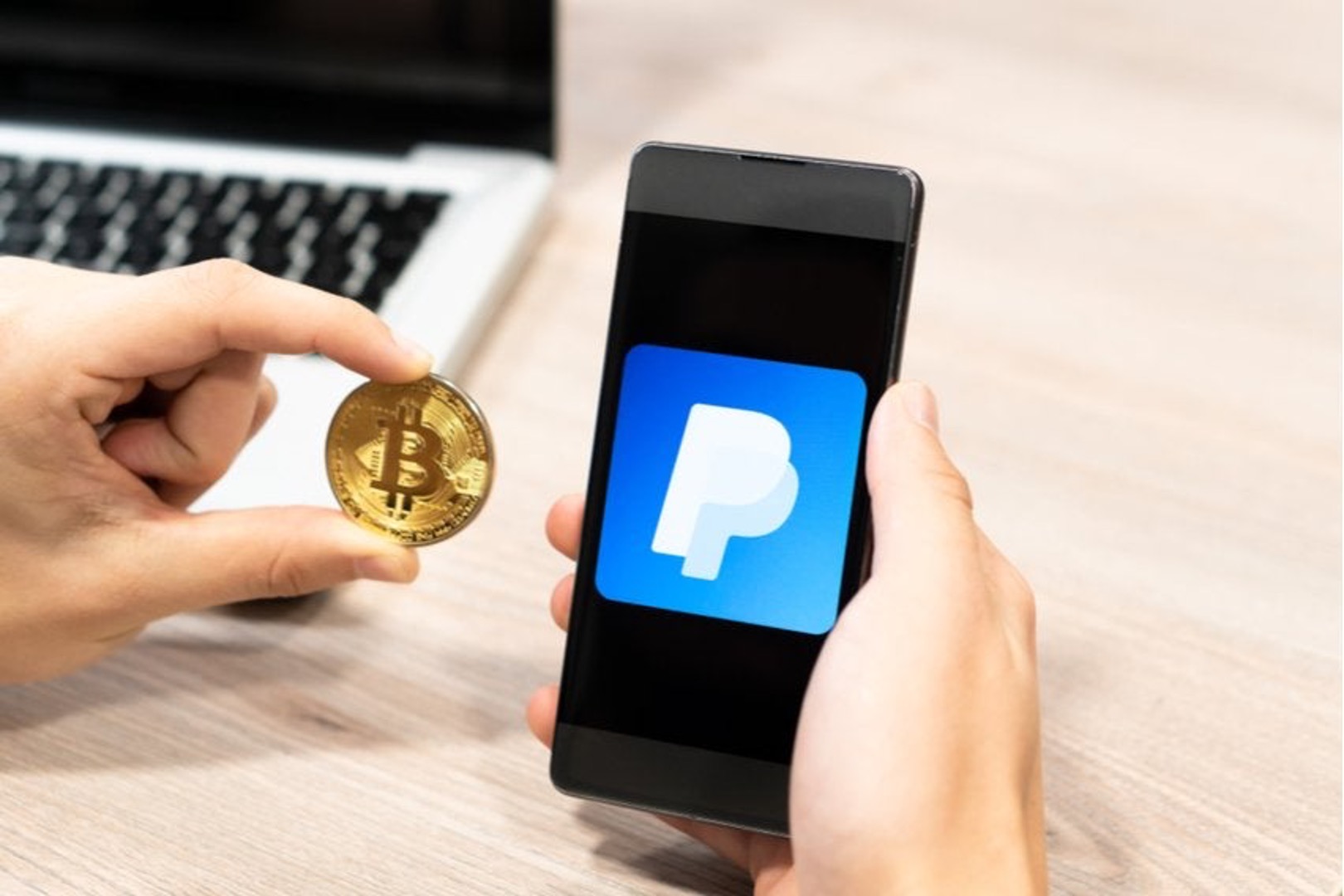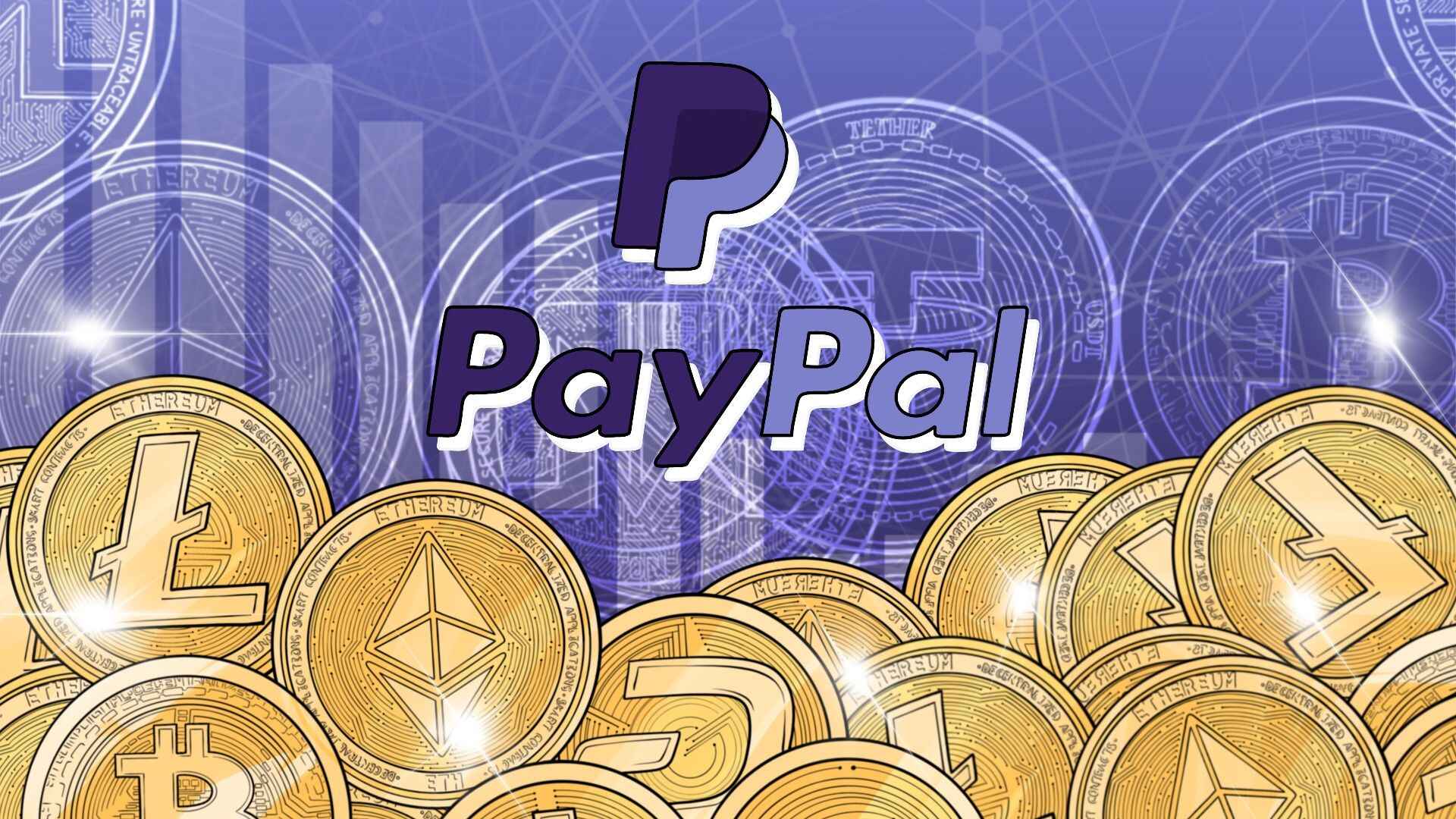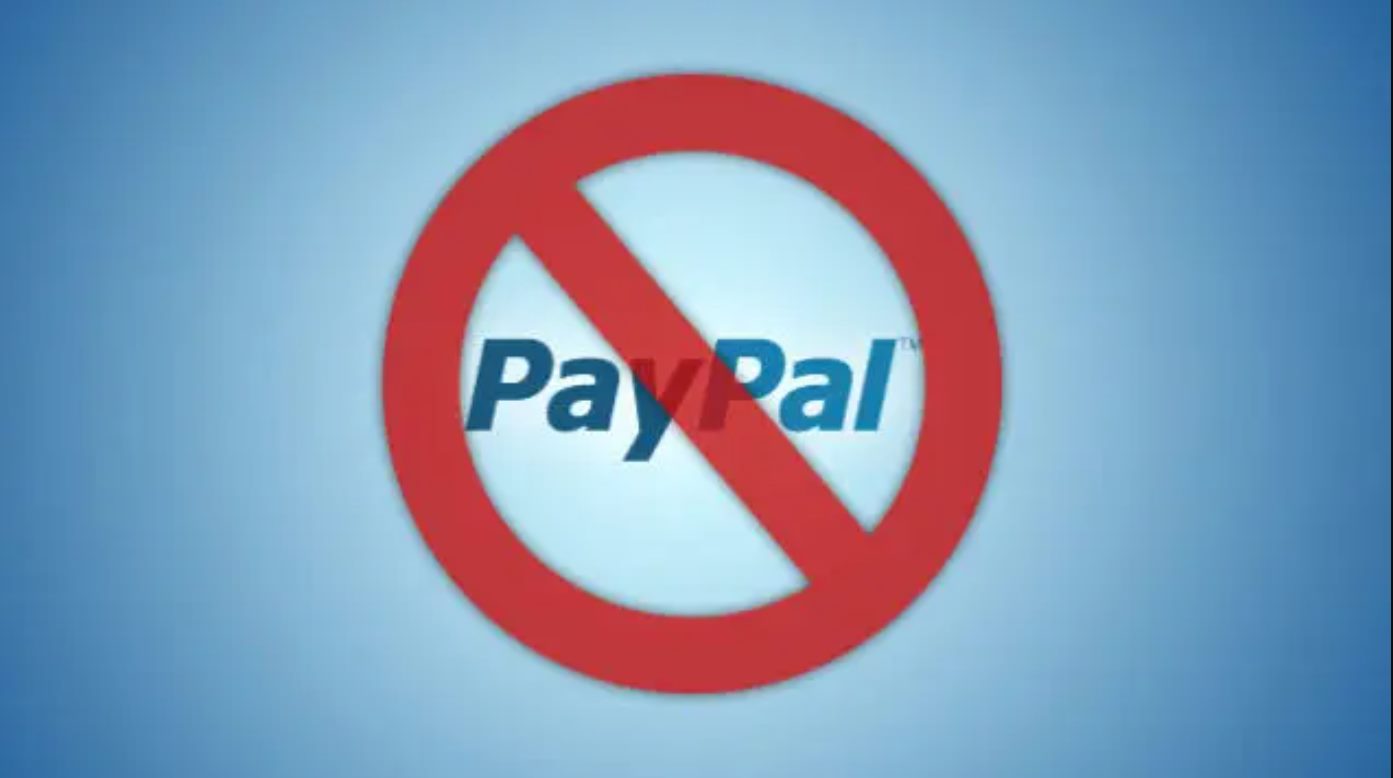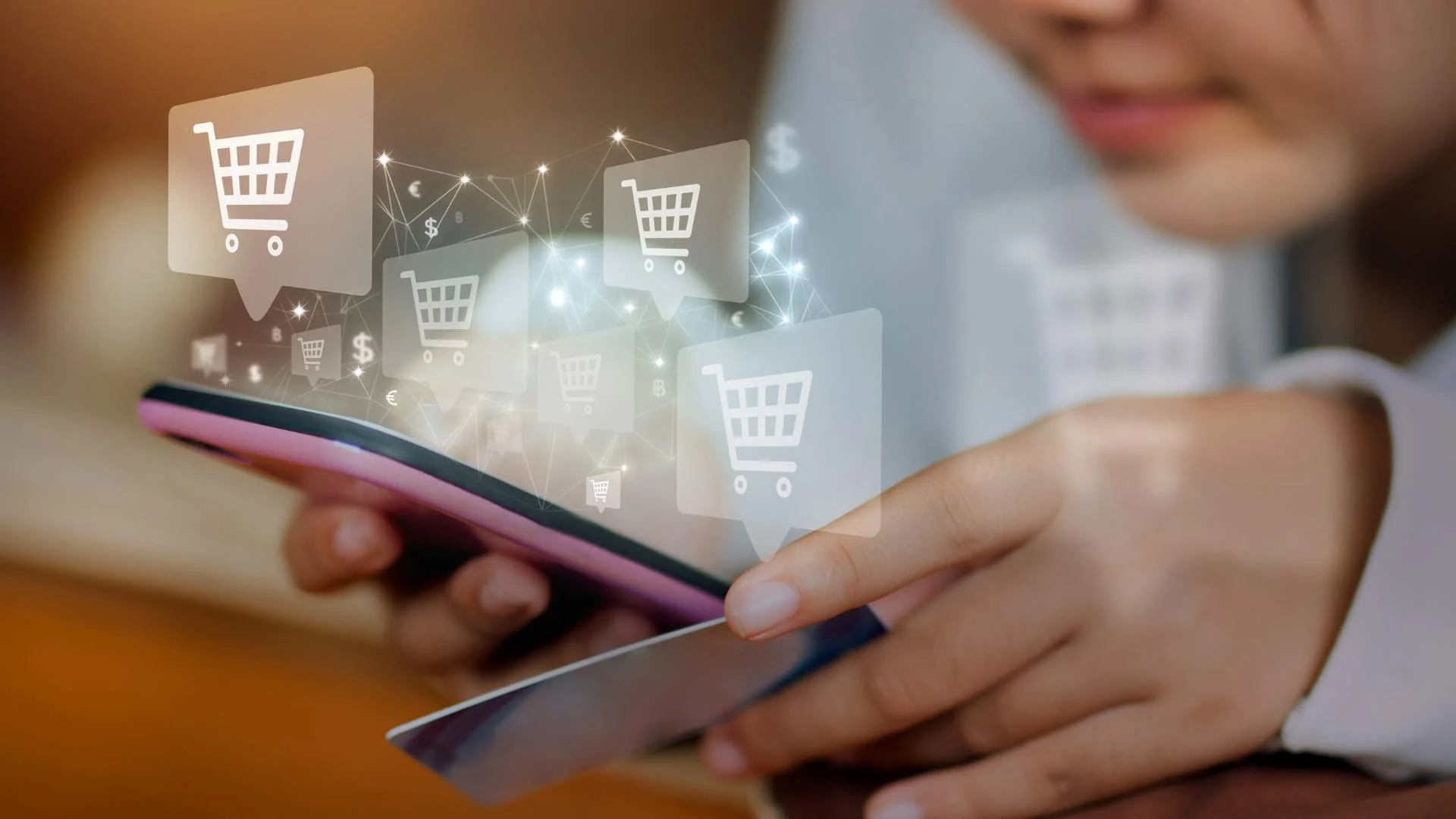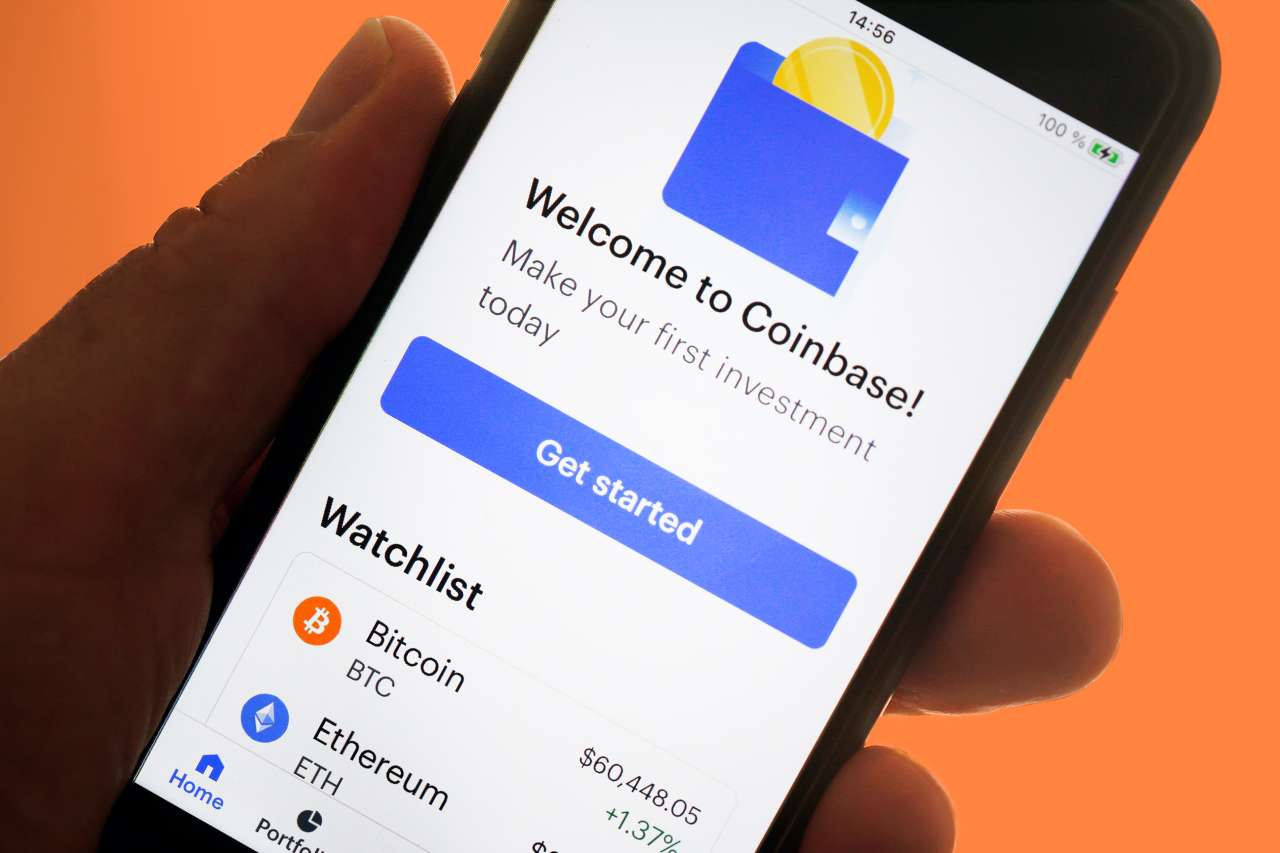What to do if your PayPal account gets hacked
If you find out that your PayPal account has been hacked, it’s essential to take immediate action to protect your sensitive information and minimize any financial damage. Here are the steps you should follow:
1. Secure your account: The first step is to prevent further unauthorized access. Log out of all devices and change your password immediately. Make sure to choose a strong, unique password that includes a combination of letters, numbers, and special characters.
2. Update your contact information: Check if the hacker has tampered with your contact details. Update your email address and phone number associated with your PayPal account to ensure that you receive any important notifications regarding your account activity.
3. Review your transaction history: Carefully go through your transaction history to identify any unauthorized or suspicious transactions. Make a note of these transactions as you will need to dispute them later.
4. Dispute unauthorized transactions: Contact PayPal’s customer support to report the fraudulent transactions. They will guide you through the dispute process and may be able to reverse the unauthorized charges.
5. Report the incident to PayPal: Inform PayPal about the security breach by contacting their dedicated security center. Provide details of the unauthorized access and any suspicious activities on your account. This will help them investigate the matter thoroughly.
6. Check your other accounts: If your PayPal account has been compromised, it’s crucial to ensure that your other online accounts, such as your email and banking accounts, are secure. Change passwords and enable multi-factor authentication where available.
7. Strengthen your online security measures: Take this incident as an opportunity to improve your overall online security. Enable two-factor authentication on your PayPal account and any other accounts you have. Regularly update your passwords and be cautious of phishing attempts.
Remember, the key is to act swiftly and take all necessary precautions to minimize the impact of the hacking incident. By following these steps, you can regain control of your PayPal account and safeguard your financial information. Stay vigilant and regularly monitor your account activity to prevent any future unauthorized access.
Overview
Having your PayPal account hacked can be a distressing experience, but it’s important to address the situation promptly and take necessary steps to protect your account and personal information. This section provides an overview of what to do if your PayPal account gets hacked, outlining the key steps you should take.
First and foremost, you need to secure your account to prevent further unauthorized access. This involves changing your password immediately and selecting a strong, unique password that is difficult for others to guess.
Next, it’s important to update your contact information associated with your PayPal account. This ensures that you receive important notifications about your account activity and helps in maintaining effective communication with PayPal.
Reviewing your transaction history is crucial to identifying any suspicious or unauthorized transactions. Take note of these transactions as you will need to dispute them with PayPal’s customer support.
Reporting the hacking incident to PayPal is essential. They have a dedicated security center where you can provide details of the unauthorized access and any suspicious activities on your account. By doing so, PayPal can investigate the matter and take appropriate actions.
Aside from securing your PayPal account, it’s also important to check your other online accounts for any signs of compromise. Change passwords and enable additional security measures, such as two-factor authentication, to protect your accounts from further unauthorized access.
Finally, take this incident as an opportunity to strengthen your online security measures. Regularly update passwords, be cautious of phishing attempts, and enable two-factor authentication wherever possible.
By following these steps, you can regain control of your PayPal account and minimize any financial damage caused by the hacking incident. Remember to be proactive in monitoring your account activity and practice good online security habits to prevent future breaches.
Step 1: Secure your account
When you discover that your PayPal account has been hacked, the first and most crucial step is to secure your account to prevent further unauthorized access. Here are the actions you should take to protect your account:
1. Change your password: Login to your PayPal account and immediately change your password. Select a strong password that includes a combination of upper and lowercase letters, numbers, and special characters. Avoid using common passwords or information that can be easily guessed, such as your birthday or pet’s name.
2. Enable two-factor authentication: Two-factor authentication adds an extra layer of security to your PayPal account. Once activated, you will be required to provide a unique verification code in addition to your password when logging in. This code is usually sent to your mobile device or email address, ensuring that only you can access your account.
3. Review your security settings: Take a thorough look at your account’s security settings. Check for any suspicious changes, such as authorized devices or linked email addresses that you do not recognize. Remove any unfamiliar devices or email addresses and update your settings accordingly.
4. Update your security questions: Make sure to review and update your security questions. Choose questions and answers that are not easily guessed or publicly available information. This adds an extra layer of security in case your password is ever compromised.
5. Be wary of phishing attempts: Hackers often use phishing emails or fake websites to trick users into revealing their login credentials. Be vigilant and avoid clicking on suspicious links or providing personal information in response to unsolicited emails. Verify the authenticity of any communication from PayPal before taking any action.
6. Keep your devices secure: Ensure that the devices you use to access your PayPal account, such as your computer, smartphone, or tablet, have up-to-date security software installed. Regularly update your operating system and apps to protect against potential vulnerabilities that hackers may exploit.
Remember, securing your PayPal account is crucial to prevent further unauthorized access and protect your financial information. By changing your password, enabling two-factor authentication, reviewing security settings, updating security questions, staying cautious of phishing attempts, and keeping your devices secure, you can significantly reduce the risk of future hacking attempts.
Step 2: Change your password
One of the first and most important steps to take when your PayPal account gets hacked is to change your password immediately. By doing so, you can regain control of your account and minimize the risk of further unauthorized access. Here’s what you should do to change your PayPal account password effectively:
1. Log in to your PayPal account: Visit the official PayPal website and log in using your current username/email and password. If you’re unable to log in, click on the “Having trouble logging in?” link to recover your account.
2. Go to your account settings: Once you’ve logged in successfully, navigate to the settings section of your PayPal account. Look for the “Security” or “Profile” tab to access your account settings.
3. Locate the password option: In your account settings, find the option to change your password. It might be labelled as “Change password,” “Update password,” or something similar.
4. Choose a strong, unique password: When selecting a new password, make sure it is strong and difficult for others to guess. Use a combination of uppercase and lowercase letters, numbers, and special characters. Avoid using obvious passwords like your birthdate or consecutive numbers.
5. Update other accounts’ passwords: If you have used the same password for other online accounts, change those passwords as well. This prevents hackers from gaining access to your other sensitive information through shared passwords.
6. Consider using a password manager: To further enhance your account security, consider using a password manager. It can help generate strong, unique passwords for all your online accounts and store them securely.
7. Enable two-factor authentication: After changing your password, enable two-factor authentication for added security. This feature requires an additional verification step, such as a unique code sent to your mobile device, to access your PayPal account.
Remember to keep your new password confidential and avoid sharing it with anyone. Regularly update your passwords to stay ahead of potential hacking attempts. By changing your PayPal account password promptly and using strong, unique passwords, you can safeguard your account against further unauthorized access.
Step 3: Update your contact information
When your PayPal account has been hacked, it is crucial to update your contact information to ensure that you receive important notifications about your account activity and maintain effective communication with PayPal. Here’s what you should do to update your contact information:
1. Log in to your PayPal account: Visit the official PayPal website and log in using your username/email and password.
2. Go to your account settings: Once logged in, navigate to the settings section of your PayPal account. Look for the “Profile” or “Settings” tab where you can update your personal information.
3. Update your email address: Check if the hacker has tampered with your email address associated with your PayPal account. If you find any discrepancies or if you suspect that your email has been compromised, update it immediately. Choose a secure and private email address to ensure the confidentiality of your PayPal communications.
4. Verify your phone number: Ensure that the phone number associated with your PayPal account is accurate and up to date. This is important as PayPal may send verification codes or important account notifications to your phone number. If necessary, provide a new phone number and verify it with PayPal.
5. Consider adding a secondary email/phone number: To enhance the security of your account, consider adding a secondary email or phone number to your PayPal account. This provides an additional layer of verification and allows for alternate channels of communication in case of any issues with your primary contact information.
6. Enable notifications: Within your account settings, enable notifications to receive alerts about any suspicious activities or changes made to your PayPal account. This will help you stay informed and take immediate action if any unauthorized access attempts occur in the future.
By updating your contact information, you ensure that you stay informed about your PayPal account’s status and receive important notifications in a timely manner. Promptly updating your email address, verifying your phone number, considering secondary contact information, and enabling notifications strengthens the security and communication channels of your PayPal account.
Remember to regularly review and update your contact information if any changes occur to prevent any potential disruptions in communication with PayPal.
Step 4: Review your transaction history
When your PayPal account has been hacked, it’s crucial to review your transaction history to identify any unauthorized or suspicious activity. By carefully examining your transaction records, you can gather evidence of fraudulent transactions and take appropriate actions. Here’s how to effectively review your PayPal transaction history:
1. Log in to your PayPal account: Visit the official PayPal website and log in using your username/email and password.
2. Access your transaction history: Once logged in, navigate to the transaction history section of your PayPal account. Look for the “Activity” or “Transactions” tab where you can access your account’s transaction records.
3. Examine recent transactions: Review the list of recent transactions in your PayPal account. Pay close attention to any unfamiliar or unexpected payments, withdrawals, or purchases.
4. Check for duplicate transactions: Look for any duplicated transactions that may indicate fraudulent activity. Hackers may attempt to make repeated transactions in quick succession to drain your account.
5. Look for suspicious transactions: Keep an eye out for any transactions that seem out of the ordinary or do not align with your usual spending patterns. This could include purchases from unfamiliar retailers or large sums of money transferred without your knowledge.
6. Make note of unauthorized transactions: If you identify any unauthorized or suspicious transactions, make a record of them. Take screenshots or keep a written log of the transaction details, including the transaction ID, date, amount, and any other relevant information.
7. Document evidence of fraud: If you suspect that your account has been hacked, gather any additional evidence that supports your claim. This could include email communications, error messages, or any unusual account behavior that you may have noticed.
8. Prepare to report the fraudulent transactions: Take note of the unauthorized transactions and be prepared to provide this information when contacting PayPal’s customer support to dispute the transactions.
By carefully reviewing your PayPal transaction history, you can identify any unauthorized or suspicious activity that may indicate a hacking incident. Documenting evidence of fraud and preparing to report the fraudulent transactions will help you in the next step of disputing these unauthorized charges with PayPal’s customer support.
Remember to regularly monitor your transaction history and remain vigilant for any signs of fraudulent activity on your PayPal account.
Step 5: Dispute unauthorized transactions
Once you have identified unauthorized or suspicious transactions in your PayPal account, it is crucial to take immediate action to dispute these charges. Disputing unauthorized transactions can help you recover any lost funds and prevent further financial losses. Follow these steps to effectively dispute unauthorized transactions with PayPal:
1. Contact PayPal’s customer support: Reach out to PayPal’s customer support as soon as possible to report the unauthorized transactions. You can contact them through the official PayPal website or by calling their customer service hotline. Explain the situation and provide them with details of the unauthorized transactions, including transaction IDs, dates, and amounts.
2. Provide supporting evidence: To strengthen your case, provide any additional evidence you have gathered, such as screenshots of the unauthorized transactions or any emails or notifications related to the fraudulent activity. This evidence will help PayPal investigate the matter more effectively.
3. Follow PayPal’s dispute resolution process: PayPal has a specific dispute resolution process in place to handle unauthorized transactions. They may ask you to provide additional information or documentation to support your claim. Cooperate fully with PayPal and follow their instructions to ensure a smoother resolution process.
4. Monitor your dispute case: After lodging your dispute, regularly check the status of your case through your PayPal account. PayPal will communicate with you regarding the progress of the investigation and any actions taken. Stay proactive and respond promptly to any requests for further information.
5. Be patient and persistent: Resolving disputes can sometimes take time, so be patient throughout the process. At the same time, be persistent in following up with PayPal if there are any delays or if you require updates on the status of your case. Keeping open lines of communication will help expedite the resolution process.
6. Keep a record of all communications: Maintain a detailed record of all communications with PayPal regarding the dispute. This includes phone calls, emails, and any written correspondence. This documentation will be valuable in case you need to escalate the dispute or seek further assistance.
Remember, disputing unauthorized transactions with PayPal is an important step in recovering your funds and holding the responsible parties accountable. By promptly contacting PayPal’s customer support, providing supporting evidence, following the dispute resolution process, monitoring your case, and maintaining accurate records, you increase your chances of a successful resolution.
Stay proactive and persistent throughout the process to ensure that your dispute is handled effectively and that you receive a favorable outcome.
Step 6: Report the incident to PayPal
Reporting the hacking incident to PayPal is crucial in bringing the security breach to their attention and allowing them to take appropriate measures. By reporting the incident, you help protect yourself and potentially prevent others from becoming victims of similar attacks. Follow these steps to effectively report the incident to PayPal:
1. Contact PayPal’s customer support: Reach out to PayPal’s customer support as soon as possible to report the hacking incident. You can do this through the official PayPal website or by calling their customer service hotline. Explain the situation and provide them with details about the unauthorized access and any suspicious activities you noticed on your account.
2. Provide as much information as possible: Be prepared to provide detailed information about the incident. This includes the date and time when you first noticed the unauthorized access, any suspicious transactions or changes made to your account, and any evidence you have gathered, such as screenshots or emails related to the incident.
3. Cooperate with PayPal’s investigation: PayPal may initiate an investigation into the security breach to determine the extent of the damage and identify the responsible parties. Cooperate fully with their investigation by providing any additional information or documentation they may request. This will assist in their efforts to resolve the issue and take appropriate actions.
4. Follow up on the status of your report: After reporting the incident, regularly check the status of your report through your PayPal account or by reaching out to PayPal’s customer support. Stay proactive and persistent in seeking updates on the progress of their investigation. If there are any delays or if you require further assistance, escalate the issue to a higher level of support if necessary.
5. Follow any recommendations or instructions provided: PayPal may provide additional recommendations or instructions to help you recover from the incident or prevent future security breaches. It is important to follow these recommendations, such as updating your security settings or enabling additional security features, to strengthen the protection of your account and personal information.
Reporting the hacking incident to PayPal is an essential step in ensuring your account’s security and preventing further unauthorized access. By promptly contacting PayPal, providing detailed information, cooperating with their investigation, following up on the status of your report, and following any recommendations or instructions given, you contribute to their efforts in addressing the situation effectively.
Stay vigilant and monitor your account activity closely to detect any further signs of suspicious activity, even after reporting the incident. By working together with PayPal, you can help protect yourself and other users from similar security breaches.
Step 7: Check your other accounts
When your PayPal account gets hacked, it’s important to take proactive measures to protect your other online accounts. Hackers often target multiple accounts, and if one account is compromised, it increases the risk of others being compromised as well. Follow these steps to effectively check and secure your other accounts:
1. Change passwords: Start by changing the passwords of your other online accounts, such as email, banking, social media, and shopping accounts. Use strong, unique passwords for each account, incorporating a mix of letters, numbers, and symbols.
2. Enable two-factor authentication: Whenever possible, enable two-factor authentication (2FA) on your other accounts. 2FA adds an extra layer of security by requiring a second verification step, such as a unique code sent to your mobile device, in addition to your password.
3. Monitor account activities: Regularly review the activities and transactions in your other accounts. Look for any suspicious or unauthorized activities, such as unfamiliar logins or unexpected purchases. If you notice anything suspicious, report it to the respective service providers immediately.
4. Update security questions and answers: Review the security questions and answers associated with your other accounts. Choose questions that are not easily guessable and provide answers that only you would know. Avoid using answers that can be found publicly or are related to personal information easily accessible online.
5. Be cautious of phishing attempts: Stay vigilant and be cautious of phishing attempts through emails, text messages, or phone calls. Hackers may try to trick you into revealing sensitive information or login credentials. Verify the authenticity of any communication before providing any personal or account details.
6. Consider using a password manager: Using a password manager can help you generate strong, unique passwords for each account and store them securely. It simplifies the process of managing multiple passwords and reduces the risk of forgetting or reusing passwords.
7. Regularly update software and apps: Keep your devices, including computers, smartphones, and tablets, updated with the latest security patches and software updates. Regularly update your apps and operating system to mitigate potential vulnerabilities that hackers could exploit.
By checking your other accounts and taking proactive measures to secure them, you minimize the risk of further unauthorized access and protect your sensitive information. Changing passwords, enabling two-factor authentication, monitoring account activities, updating security questions, being cautious of phishing attempts, and keeping your devices updated are essential steps in maintaining overall online security.
Remember, prevention is key. By regularly reviewing and tightening the security of all your online accounts, you can reduce the likelihood of falling victim to hacking attempts in the future.
Step 8: Strengthen your online security measures
In the wake of a PayPal account hacking incident, it is crucial to take proactive steps to strengthen your online security measures. By implementing effective security practices, you can better protect your personal information and reduce the risk of future hacking attempts. Here are some key measures to consider:
1. Use strong, unique passwords: Ensure that all your online accounts, including your PayPal account, have strong and unique passwords. Avoid using common passwords or easily guessable information like your birthdate or pet’s name. Consider using a password manager to generate and securely store complex passwords for each account.
2. Enable two-factor authentication (2FA): Take advantage of 2FA whenever it is available. This adds an extra layer of security by requiring an additional verification step, such as a unique code sent to your mobile device, when logging into your accounts. Enable 2FA on your PayPal account and any other accounts that offer this feature.
3. Regularly update your software: Keep your operating system, web browsers, and security software up to date. Software updates often include important security patches that address vulnerabilities that hackers could exploit. Configure your devices to install updates automatically or periodically check for updates manually.
4. Be cautious of suspicious emails and links: Exercise caution when opening emails or clicking on links, especially those from unknown or untrusted sources. Be wary of phishing attempts designed to trick you into revealing your login credentials or personal information. Double-check email senders and hover over links before clicking to verify their legitimacy.
5. Use secure Wi-Fi networks: When accessing your PayPal account or conducting financial transactions online, ensure that you are connected to a secure and trusted Wi-Fi network. Avoid using public or unsecured networks that may put your sensitive information at risk.
6. Regularly monitor your accounts: Regularly review your account activity, including your PayPal account and other online accounts, for any signs of unauthorized access or suspicious activity. Report any suspicious activity immediately to the respective service providers.
7. Educate yourself about online security: Stay informed about the latest threats and best practices for online security. Educate yourself about common hacking techniques, such as phishing, and how to identify and avoid them. Stay updated with reputable sources of information and consider attending workshops or webinars to enhance your knowledge.
8. Use additional security features: Explore and utilize any additional security features offered by your online service providers. This may include features such as biometric authentication, security question prompts, or device-specific access restrictions.
By implementing these security measures, you create multiple layers of defense against potential hacking attempts. Strengthening your online security improves the overall protection of your personal and financial information, giving you peace of mind when conducting transactions online.
Remember, online security is an ongoing process. Continuously assess and update your security measures to adapt to new threats and ensure the safety of your online accounts and sensitive information.
Conclusion
Discovering that your PayPal account has been hacked can be a stressful experience. However, by following the necessary steps outlined above, you can regain control of your account, protect your personal information, and minimize the financial impact of the hacking incident.
Securing your account by changing your password, updating your contact information, and reviewing your transaction history are the initial steps to take. By disputing unauthorized transactions and reporting the incident to PayPal, you enable them to investigate the security breach and take appropriate actions.
Checking your other accounts and strengthening your online security measures are essential in preventing future hacking attempts and protecting your digital presence. Implementing strong and unique passwords, enabling two-factor authentication, staying vigilant against phishing attempts, and regularly monitoring your accounts greatly enhance your online security.
Remember, maintaining a proactive approach to online security is crucial. Regularly update your software, be cautious of suspicious links and emails, and educate yourself about the latest best practices in online security.
By taking these steps and being vigilant, you bolster the protection of your PayPal account, as well as your other online accounts. This empowers you to navigate the digital landscape with confidence and reduce the risk of falling victim to hacking attempts.
Always remember to report any suspicious activity promptly and seek assistance from PayPal’s customer support or other relevant service providers. Together, we can work towards a safer and more secure online environment.







